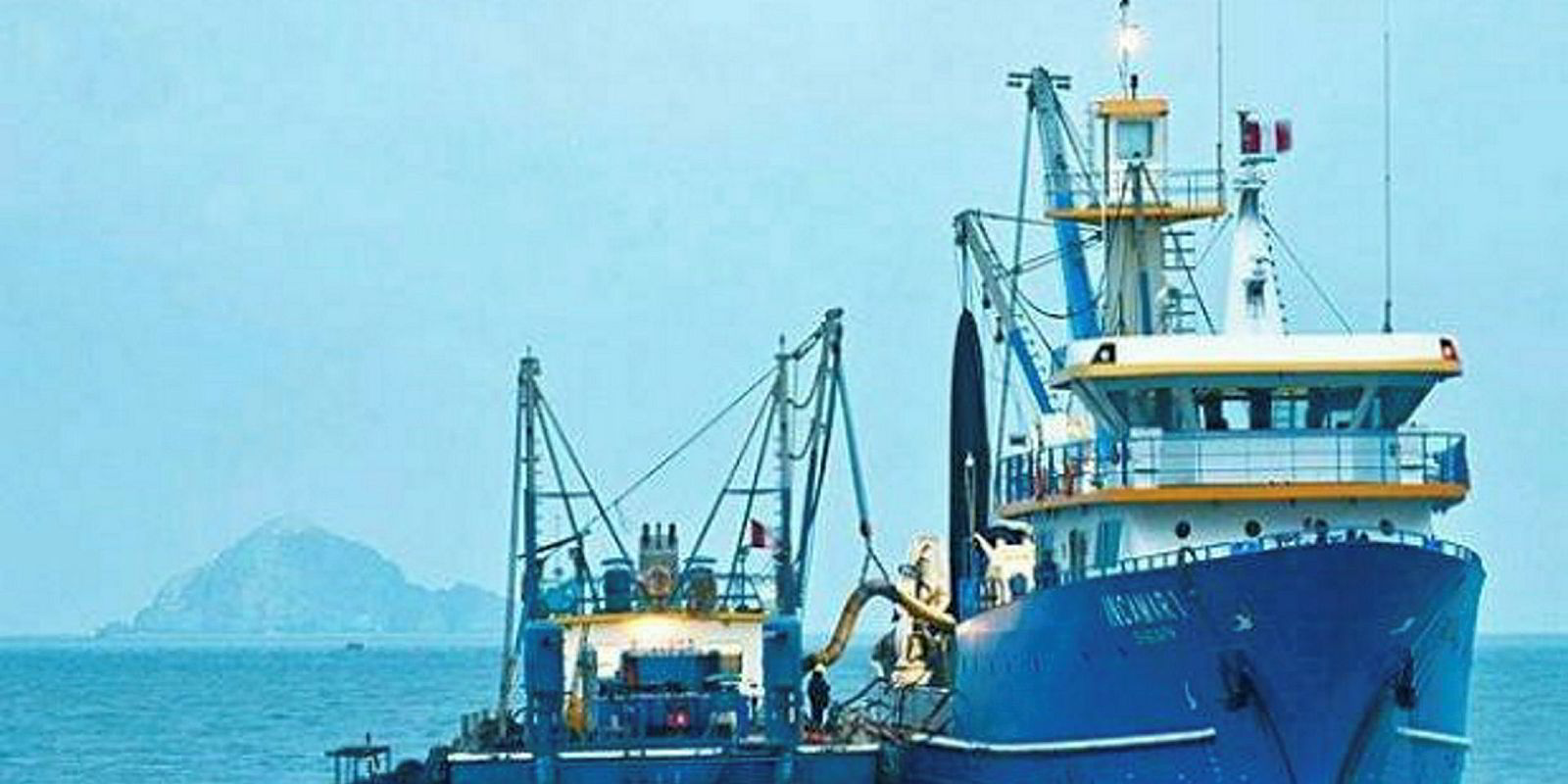Pity the lenders. It's not often that one should feel sorry for banks, but the financiers that made a bet on Pacific Andes-owned China Fishery seem to have missed a crucial lesson: you can't count on wild fish.
Last week, Peruvian regulators set a total allowable catch (TAC) for vessels operating in the north-central anchovy fishery of 1.49 million metric tons -- a 26 percent decrease from last year and sharply below the general expectation of 2 million metric tons.
That's going to make China Fishery's $1.2 billion "sale threshold" harder to reach.
The quota fluctuation is neither surprising nor "bad" -- that's the way good fisheries management works around the world.
The quota cut comes on the heels of El Nino, which led to a sharp decline in quotas and in part accounted for China Fishery's troubles.
El Ninos, lest we forget, are going to occur, according to the National Oceanic and Atmospheric Administration, every two to seven years. Fisheries are all about cycles.
The biggest and most successful fisheries companies tend to be privately owned for a reason -- you have to think in generations, not seasons.
Pull a spreadsheet of any major fisheries company in any given year -- which is what China Fishery's lenders did when Pacific Andes asked for their mega loans to finance the Copeinca purchase -- and you may see some glorious margins.
But you can just as easily find years with bloody red figures.
Harken back to the bidding war between China Fishery and Norwegian salmon farmer Cermaq for Copeinca, and you'll see that somewhere during the process, the executives involved lost their minds, and forgot that they were bidding on the right to fish -- not the fish themselves.
By many accounts, China Fishery is a well-run operation on the ground.
But with fisheries, it's often the people crunching the numbers that end up forgetting to look beyond the bow at the rough seas ahead.
Sign up for my Weekly Editor's Picks newsletter here!
Follow me on Twitter: @drewcherry


